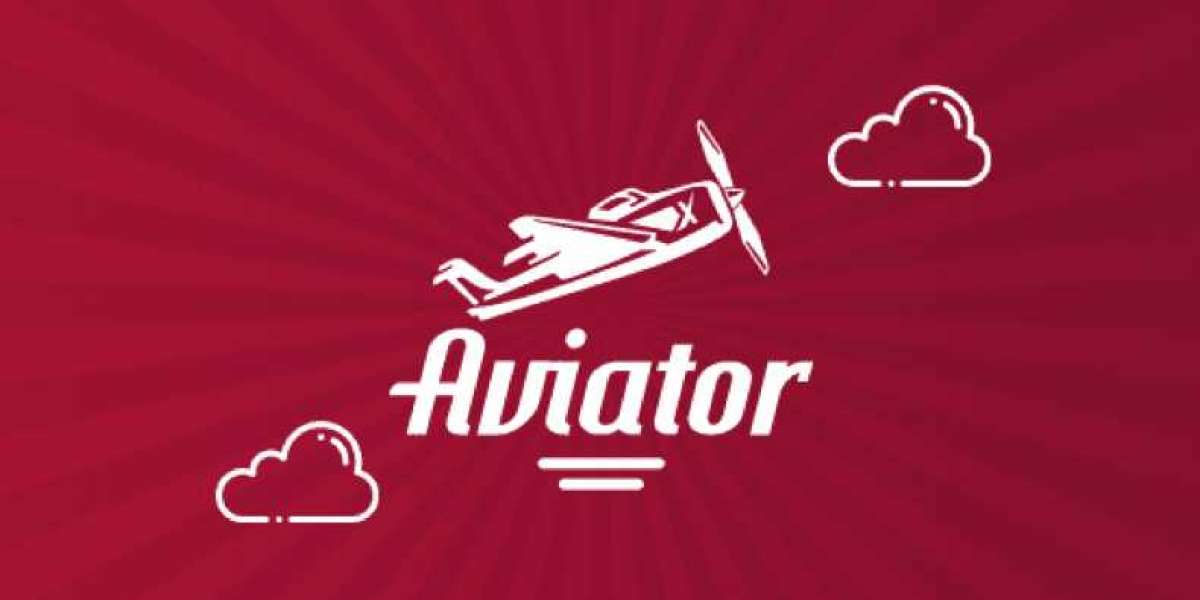In the fast-paced world of business, where competition is fierce and resources are limited, making informed decisions is crucial. One of the most effective tools for ensuring that a new project or initiative has the potential for success is a well-executed feasibility study. This structured approach allows businesses to evaluate the viability of a proposed project before committing significant resources, thereby increasing the likelihood of favorable outcomes. In this article, we will explore the intricacies of a feasibility study, its critical importance, key components, and the process of execution.
What is a Feasibility Study?
A feasibility study is an analytical process that examines the practicality and potential success of a proposed project or business idea. It goes beyond mere speculation and offers a data-driven evaluation of various factors that could influence the project’s outcome. By systematically assessing market conditions, technical requirements, financial implications, and operational considerations, a feasibility study serves as a foundation for informed decision-making.
Why Conduct a Feasibility Study?
1. Identifying Opportunities and Challenges
A well-executed feasibility study provides a comprehensive overview of the project landscape. It highlights potential opportunities in the market, such as unmet needs or emerging trends, while also pinpointing challenges that could impede success. This dual perspective helps businesses understand where they stand and what strategies they may need to employ.
2. Risk Reduction
Every business venture carries inherent risks. However, a feasibility study allows organizations to identify these risks early on, facilitating proactive measures to mitigate them. By understanding potential pitfalls, businesses can develop contingency plans and strategies to address challenges before they escalate.
3. Resource Optimization
In today’s competitive environment, efficient use of resources is paramount. A feasibility study helps prioritize projects based on their viability, ensuring that financial, human, and technological resources are allocated where they can achieve the most significant impact. This focused approach enhances overall organizational efficiency.
4. Building Stakeholder Confidence
When stakeholders, including investors and team members, see that a project is backed by thorough research and analysis, their confidence in the initiative increases. A well-structured feasibility study demonstrates due diligence, which can facilitate stronger collaboration and support from all parties involved.
5. Informing Strategic Planning
A feasibility study does not just inform the decision to proceed; it also lays the groundwork for subsequent strategic planning. The insights gained can guide marketing strategies, operational plans, and financial forecasting, ensuring that the organization is well-prepared for implementation.
Key Components of a Feasibility Study
A comprehensive feasibility study consists of several critical components:
1. Executive Summary
This section provides a concise overview of the project, summarizing its objectives, key findings, and recommendations. The executive summary should be clear and engaging, as it serves as the first impression for stakeholders.
2. Market Analysis
An in-depth market analysis is essential for understanding the competitive landscape and consumer behavior. This section examines market trends, target demographics, potential demand, and existing competition. Conducting surveys, focus groups, and industry research can provide valuable insights.
3. Technical Feasibility
This component assesses whether the necessary technology and infrastructure are available to support the project. It evaluates the technical requirements, identifies gaps, and explores solutions to ensure that the project can be executed effectively.
4. Financial Analysis
A critical aspect of any feasibility study is the financial analysis. This section provides an estimate of the project’s costs, revenues, and profitability. It includes detailed budgets, cash flow projections, and break-even analyses, enabling stakeholders to understand the financial viability of the initiative.
5. Organizational Structure
Understanding the organizational framework required for project execution is vital. This section outlines the team structure, roles, and responsibilities needed to implement the project successfully. It may also highlight any additional training or hiring necessary to ensure a smooth rollout.
6. Legal and Regulatory Considerations
Compliance with legal and regulatory requirements is essential for any project. This section examines potential legal challenges, licensing requirements, and industry regulations that may impact the project’s execution.
7. Risk Assessment
A thorough risk assessment identifies potential challenges that could affect the project. This component evaluates internal and external factors, offering strategies for risk mitigation and contingency planning.
Steps to Conduct a Well-Executed Feasibility Study
Conducting a feasibility study involves a series of systematic steps:
Step 1: Define the Project
Begin by clearly defining the project’s objectives, scope, and desired outcomes. This clarity is essential for guiding the feasibility analysis.
Step 2: Gather Data
Collect relevant data through various research methods, including market research, surveys, and interviews. Comprehensive data collection is critical for making informed evaluations.
Step 3: Analyze the Data
Analyze the data gathered to assess market trends, technical requirements, and financial implications. This analysis provides insights into the project’s potential viability and helps identify any necessary adjustments.
Step 4: Compile the Report
Draft a comprehensive report summarizing the findings and recommendations. Ensure the report is well-organized and easy to understand, highlighting key insights and decision points.
Step 5: Review and Revise
Engage stakeholders to review the report and provide feedback. This collaborative effort can uncover additional insights and enhance the study’s credibility.
Step 6: Make Informed Decisions
Utilize the findings from the feasibility study to guide decision-making regarding project initiation, adjustments, or abandonment.
Conclusion
A well-executed feasibility study is an invaluable tool for any organization contemplating a new project. By systematically evaluating various components—from market conditions to financial implications—businesses can make informed decisions that minimize risk and maximize success. In a landscape where strategic planning is essential, investing time and resources into a comprehensive feasibility study is a proactive approach that lays the foundation for successful project execution.







